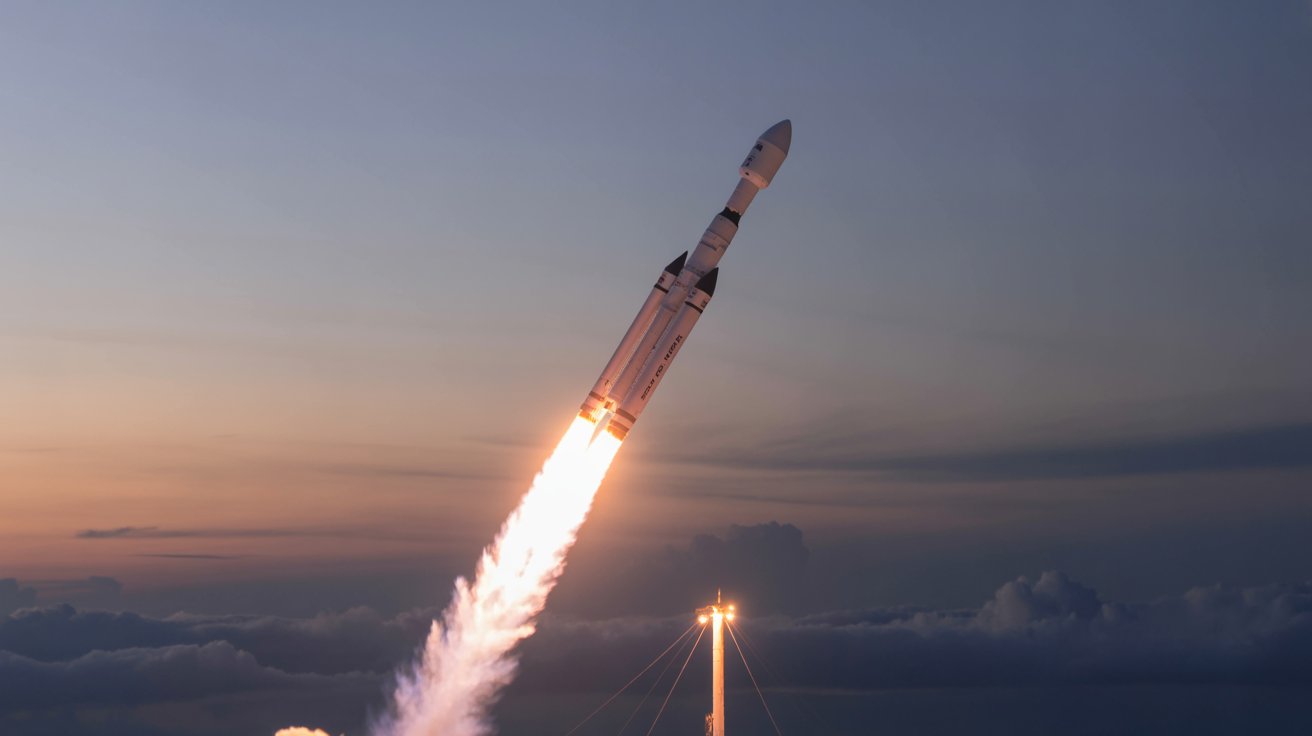The global space sector is entering a new era, where accessibility, cost-efficiency, and mission versatility are redefining how humanity interacts with space. Satellite launch vehicles—the critical link between Earth and orbit—are witnessing a surge in demand due to rapid advancements in technology, growing commercial space activities, and increased government-led initiatives. These vehicles enable the deployment of satellites into various orbits for applications ranging from communication and navigation to Earth observation, defense, and space exploration.
The Satellite Launch Vehicle Market is estimated to be USD 15.7 billion in 2022 and is projected to reach USD 29.1 billion by 2027, at a CAGR of 13.1% from 2022 to 2027.

Download PDF Brochure @
https://www.marketsandmarkets.com/pdfdownloadNew.asp?id=115959224
Market Growth Drivers
The satellite launch vehicle market is experiencing strong momentum, propelled by three key drivers:
-
Rising Demand for Small Satellite Constellations
The proliferation of small satellites, especially those weighing under 500 kg, has reshaped the launch services landscape. These small yet highly capable satellites are being deployed for broadband internet, remote sensing, in-orbit inspection, and defense applications. Small satellite constellations offer enhanced coverage, redundancy, and flexibility, making them attractive to both commercial enterprises and governments. -
Adoption of Reusable Launch Technologies
Innovations in reusable rocket technology are transforming launch economics by significantly reducing costs and turnaround times. Industry pioneers like SpaceX and Blue Origin have demonstrated the potential of reusability to increase launch frequency, making space missions more commercially viable and environmentally sustainable. -
Emerging Space Tourism and Exploration Initiatives
Beyond traditional satellite deployment, the industry is witnessing growth in space tourism and exploratory missions. This diversification is creating new business models for launch providers and fostering the development of adaptable and scalable launch vehicles.
Segment Insights
-
By Payload Capacity:
The segment for payloads under 500 kg is expected to see the fastest growth. These lightweight satellites are ideal for low-cost, rapid-deployment missions, and are driving the CubeSat and nanosatellite revolution. -
By Vehicle Type:
Small launch vehicles (under 350,000 kg) are gaining popularity due to their ability to deliver payloads to precise orbits, often with quicker launch timelines. This precision targeting is essential for scientific research, defense applications, and niche commercial needs. -
By Region:
The Asia Pacific region is emerging as the market leader, with strong contributions from China and India. Both nations have significantly expanded their space programs, enhancing launch capabilities and offering competitive launch services to global clients. Emerging players like Indonesia and Singapore are also making strategic moves to strengthen their presence in the satellite launch ecosystem.
Competitive Landscape
The market is dominated by a combination of established aerospace giants and innovative private players. Key industry participants include SpaceX (US), United Launch Alliance (US), Northrop Grumman Corporation (US), Blue Origin (US), and Mitsubishi Heavy Industries (Japan). These companies invest heavily in R&D, propulsion advancements, and modular designs, ensuring they remain competitive in a rapidly evolving market. Strategic partnerships, government contracts, and commercial agreements continue to be the primary pathways for growth.
Ask for Sample Report @
https://www.marketsandmarkets.com/requestsampleNew.asp?id=115959224
Strategic Outlook
The satellite launch vehicle industry is at a critical inflection point, where cost efficiency, technological innovation, and market accessibility will define future success. As more countries and private enterprises seek to establish a footprint in space, demand for versatile and reliable launch solutions will continue to accelerate.
Opportunities abound for companies that can provide customized, flexible launch services to cater to the growing diversity of satellite missions. With increasing collaboration between governments and private players, the future of the satellite launch vehicle market promises not only higher launch volumes but also greater mission variety—from climate monitoring and disaster management to interplanetary exploration.
In this rapidly evolving landscape, stakeholders that embrace innovation, expand global partnerships, and adapt to emerging demands will be best positioned to capture a significant share of the expanding space economy.
